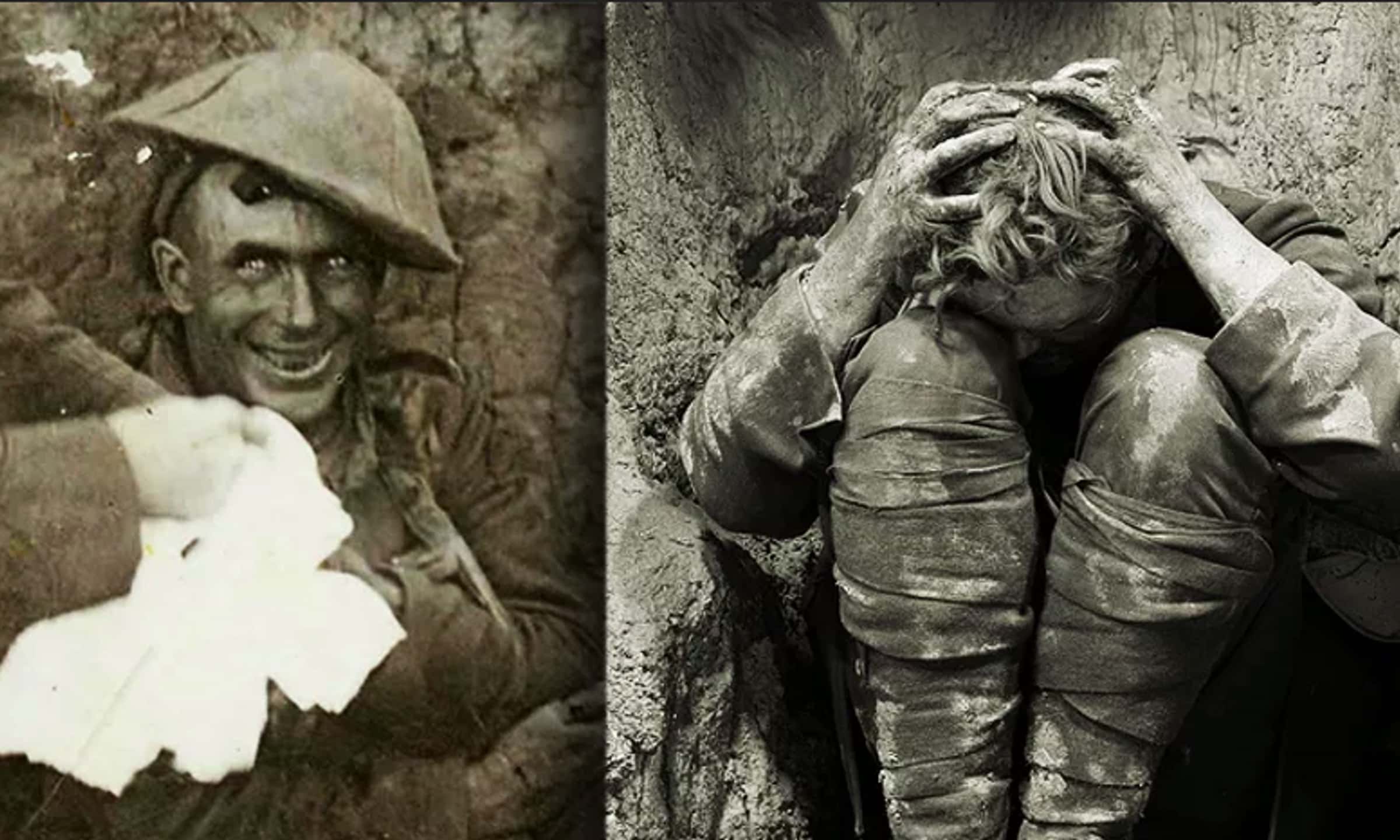In 1947, Brigadier General SLA Marshall made an announcement that shocked the military world and changed combat forever.
The startling news came when Marshall published “Men Against Fire: The Problem of Battle Command,” a study that he conducted during his service as a military historian during WWII.
The study’s bombshell finding was that, in any given engagement with the enemy, only 25% of US servicemen fired their weapons.
Marshall made this conclusion after conducting a survey of individual soldiers soon after returning from combat. The results were uniform across hundreds of combat units.

Was there something unique about American GIs that their firing rates were so low?
Indeed, not.
After military tacticians the world over began to review Marshall’s observations, they found a bevy of historical evidence corroborated him.
So what did the US Military do?
Everything it could to get firing rates up—and it worked.
In this newsletter, we have been learning about ways to discover “what they’re not tellin’ you.” One way is to indulge your own curiosity!
When I first heard of Marshall’s study, I just had to figure out why most soldiers, despite their training, just would not fire their weapons in combat.
When I found out, I produced a short documentary film presenting what I’d found. Watch it below.
This article first appeared in Patrick MacFarlane’s email newsletter. If you think this content, sign up here for free.































